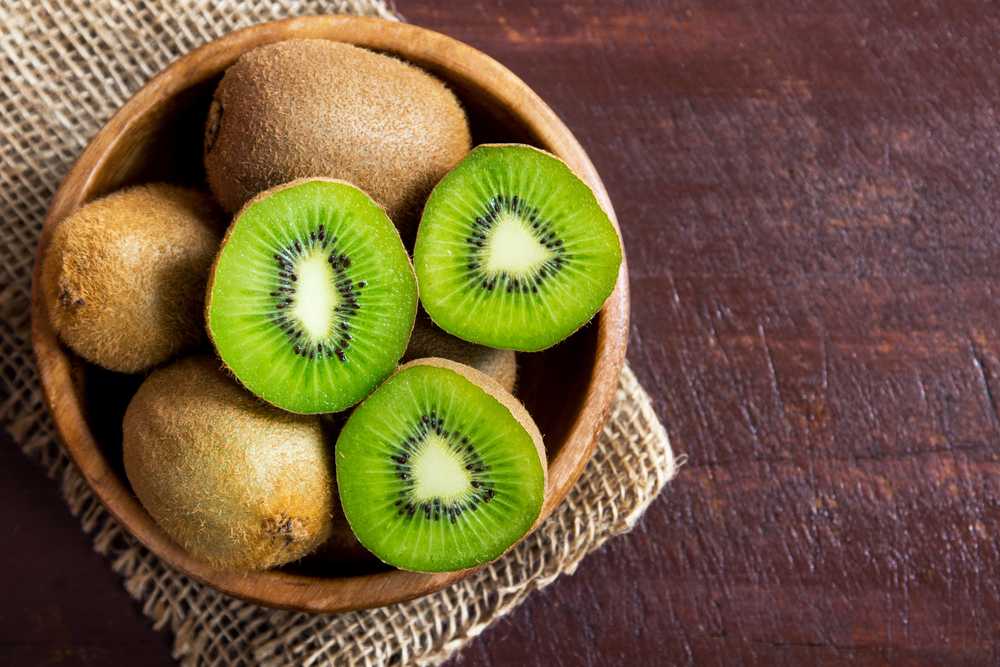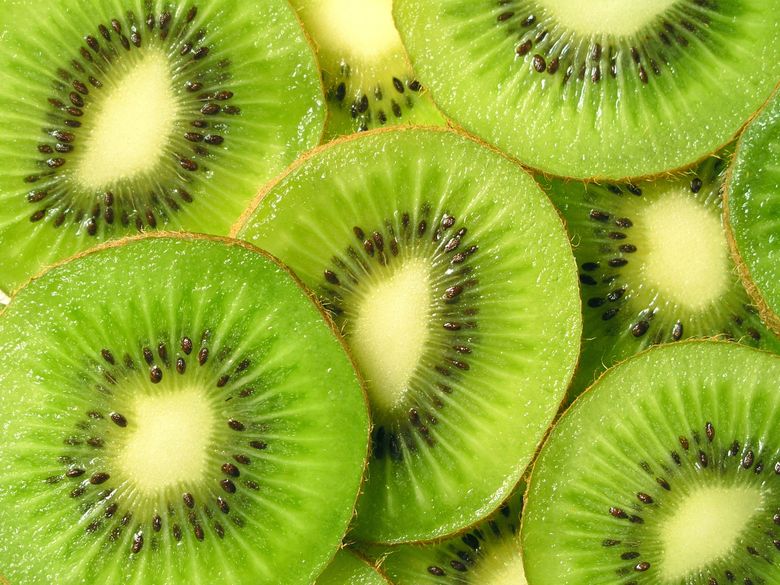Kiwis Decoded: What Do Kiwis Taste Like and How to Appreciate Them
Wiki Article
Checking Out the Special Attributes and Interesting Biology of Kiwi: A Comprehensive Research
Welcome to the interesting globe of kiwi! In this comprehensive research study, we will take you on a trip to explore the unique features and biology of these fascinating birds. From their physical features to their feeding habits and reproductive habits, we will explore every aspect of their lives. Prepare to be amazed as we reveal how kiwis have adapted to their flightless existence and find their ecological importance. Prepare to dive deep right into the fascinating world of kiwi!Physical Characteristics
What are the physical characteristics of a kiwi bird? Well, let's dive right in! The kiwi bird is a little, flightless bird native to New Zealand. It gauges concerning 12 to 14 inches in elevation and considers around 2 to 7 extra pounds. Among the most distinguishing characteristics of the kiwi bird is its long, slender bill. This costs is not only used for feeding, but additionally for digging burrows in the ground.The kiwi bird has an unique plumage, with soft, hair-like plumes that appear like fur. Unlike the majority of birds, the kiwi has little wings that are hidden beneath its plumes and are not functional for flying.
An additional interesting physical characteristic of the kiwi bird is its nostrils located at the idea of its costs. This adjustment permits them to ferret out insects and worms, their key resource of food, in the leaf clutter on the forest flooring (what do kiwis taste like). Furthermore, the kiwi bird has large, rounded eyes that are adapted for low-light conditions, as they are mostly nighttime
Feeding Behaviors
To recognize the feeding routines of the kiwi bird, you need to observe its foraging behavior and nutritional preferences. Kiwis are distinct in their feeding routines, as they are mainly nocturnal and count heavily on their feeling of smell to find food. They have a long, slender expense that allows them to probe the ground looking for insects, worms, and other invertebrates. These birds use their solid sense of smell to detect victim hidden under the surface area, and afterwards use their costs to extract it.Kiwis are omnivorous, indicating they consume both plant and pet matter. In enhancement to bugs, kiwis additionally consume seeds, fruits, and berries. They have a specific fondness for dropped fruits that are abundant in sugars, such as the berries of the shrubby tororaro plant. Kiwis have been observed eating a wide range of plant varieties, suggesting their adaptability to different food resources.
Surprisingly, kiwis do not have a crop, which is a specific part of the digestion system found in lots of birds. Instead, their food passes straight from the esophagus to the tummy. This may be an outcome of their one-of-a-kind transformative background and environmental niche.
Reproduction and Breeding
Now let's dig into the fascinating globe of kiwi reproduction and reproduction, building upon our previous exploration of their special feeding routines. They are virginal birds, meaning they form long-lasting sets.Reproducing season for kiwis normally takes place in between June and March. During this moment, the women kiwi will certainly lay one to two eggs, which are uncommonly large compared to the bird's body size. Kiwi eggs are the biggest of any type of bird in proportion to body weight. After the eggs are laid, both the male and women take transforms breeding the eggs, with each taking shifts that can last as much as 12 days.
As soon as the chicks hatch, they are born completely feathered and able to see (what do kiwis taste like). They are also fairly bright, implying they are able to deal with themselves fairly quickly. Nevertheless, also after the chicks have actually hatched out, the moms and dads remain to provide treatment and protection for them up until they are totally independent, which can take numerous months.

Adjustments to Flightless Existence
As a flightless bird, the kiwi has gone through numerous changes to its makeup and actions that permit it to prosper in its one-of-a-kind environment. Unlike various other birds, kiwis have little, vestigial wings that are virtually worthless for flying.An additional adjustment that kiwis have actually established is their solid legs and feet. The kiwi's legs are muscle and positioned much back on its body, giving it with a low facility of gravity and optimal balance.
In order to survive without the capability to fly, kiwis have actually likewise created a keen sense of scent. Their lengthy, slender beaks residence very sensitive nostrils, enabling them to spot pests and worms beneath Continued the forest flooring. This exceptional adjustment assists kiwis situate food sources and maintain a balanced diet plan.
Ecological Importance
The eco-friendly relevance of kiwi exists in their duty as essential seed dispersers in their indigenous environment. As they relocate through the woodland floor, kiwi forage for insects, worms, and a range of plants.The kiwi's capability to distribute seeds is essential for maintaining the biodiversity and equilibrium of their environment. By spreading seeds across various areas, they contribute to the development and wealth of numerous plant species. In turn, these plants give food and shelter for various other animals, developing a web of interdependencies within the environment.
In addition, kiwi play an important function in controlling the populace of particular plant types (what do kiwis taste like). Some plants create an excessive number of seeds, which can cause overcrowding and limited sources click to investigate for other plants. By eating and distributing these seeds, kiwi aid control the development of such plants, guaranteeing a healthier and extra varied community
The environmental significance of kiwi extends past their role as seed dispersers. Their delving behavior additionally adds to dirt oygenation and nutrient recycling, boosting the overall wellness of the forest flooring. Additionally, their feeding routines can aid control insect populaces, reducing the risk of insect break outs that might hurt plant life.
Verdict
In conclusion, exploring the special attributes and remarkable biology of kiwi reveals its physical qualities, feeding behaviors, reproduction and breeding patterns, in addition to its adaptations to a flightless existence. With its unique functions and eco-friendly significance, the kiwi functions as an exceptional example of nature's diversity and adjustment. By appreciating the click for source kiwi and understanding's duty in its environment, we can even more promote conservation initiatives to make certain the preservation of this impressive species for future generations.
Report this wiki page